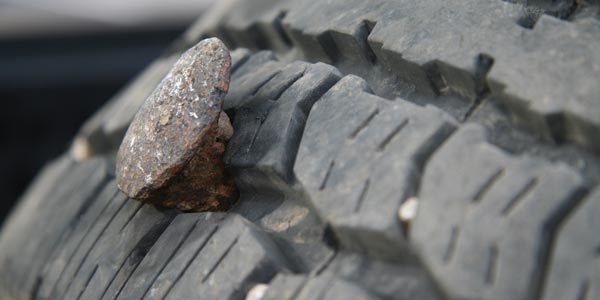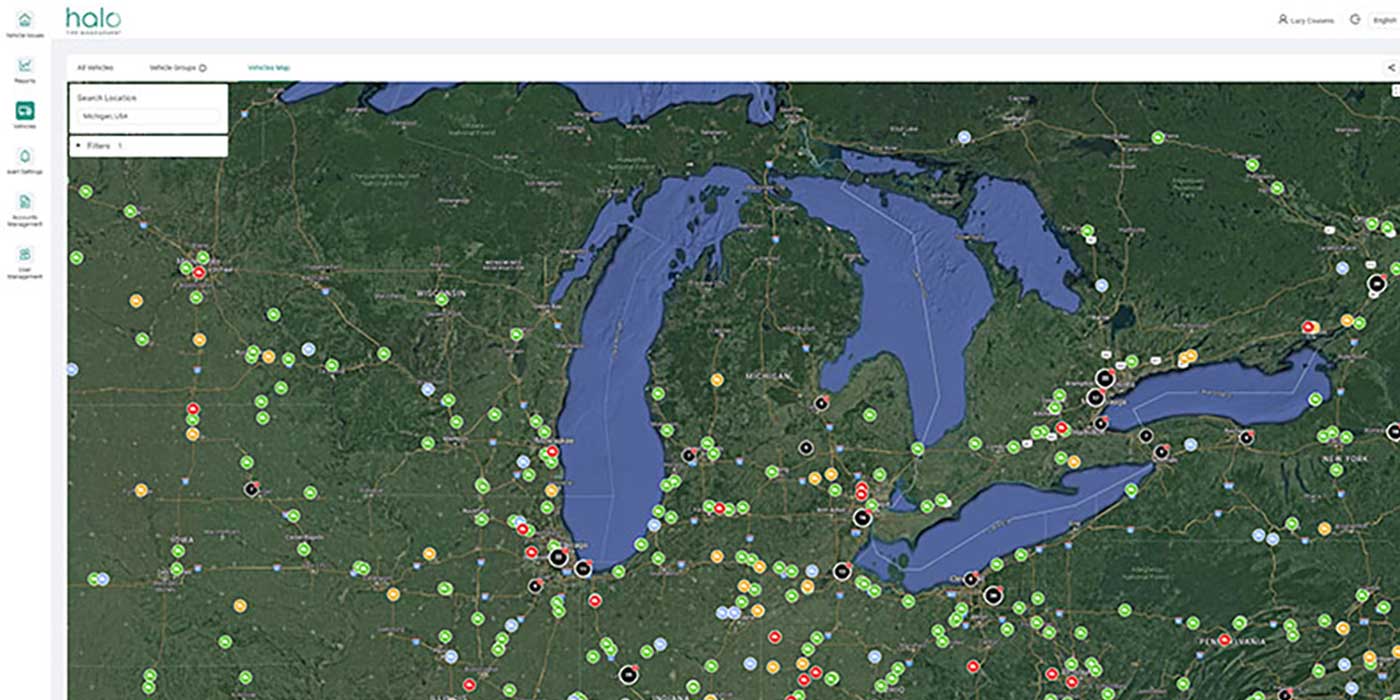Babcox Media mourns the passing of Tim Fritz, longtime editor and friend
Babcox Media Editor Tim Fritz passed away on Feb. 23 from a heart attack. He was 53 years old. Tim joined Babcox Media in 1990 and spent 31 years working in various editorial roles, most recently as the digital editor of Brake & Front End, ImportCar, Underhood Service, Tomorrow’s Tech and ShopOwner. He was also

What’s behind the slow adoption of FA-4 oil?
Introduced three years ago, the American Petroleum Institute (API)’s CK-4 and FA-4 oil categories were billed as the next generation of oil, improving on the engine protection and fuel economy benefits offered by previous engine oil categories.

How will today’s ‘customer focus’ translate to tomorrow’s electric trucks?
Over the past three years, OEMs have invested heavily in driver-focused equipment benefits—from cozy creature comforts to uptime- and productivity-boosting technology. Today, significant R&D investment is going into the development of electric trucks—probing the possibilities of untested powertrains in hopes of producing a product that meets application needs.
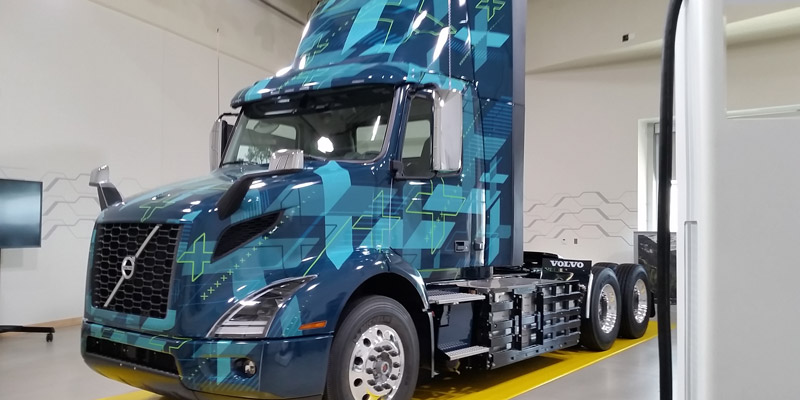
Benchmarking success: Utility fleets are using performance metrics to drive measurable improvements
Fleet executives at the annual Electric Utility Fleet Managers Conference (EUFMC), discussed benchmarking. For fleet managers on the panel, using data and performance metrics is a means of showing opportunities for improvement, through which cost savings can be realized.
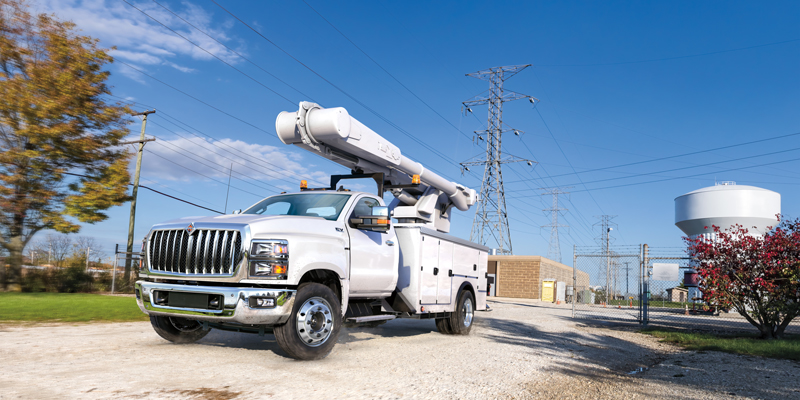
Sleeper supremacy: A focus on the customer has led to more fleets spec’ing large, decked-out sleepers
Across the business world, companies are becoming more and more interested in emulating the success of Amazon. It’s a model that many truck OEMs are now following as they sharpen their focus on fleet customers, learn what equipment will meet the customers’ needs and deliver the products that they want.
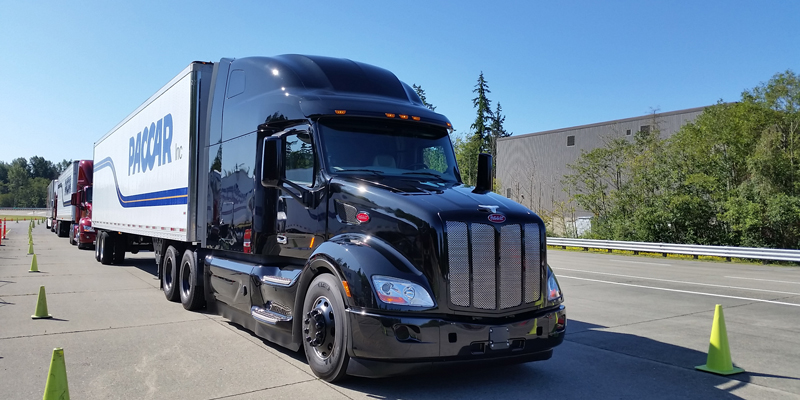
Inside Mack’s plan to make waves in the on-highway market
When you think of Mack Trucks, you probably think of construction or vocational trucks first and foremost. And while that’s likely fine with Mack (those applications are still the brand’s bread and butter) the OEM is hoping people will add a third segment to that list: on-highway.
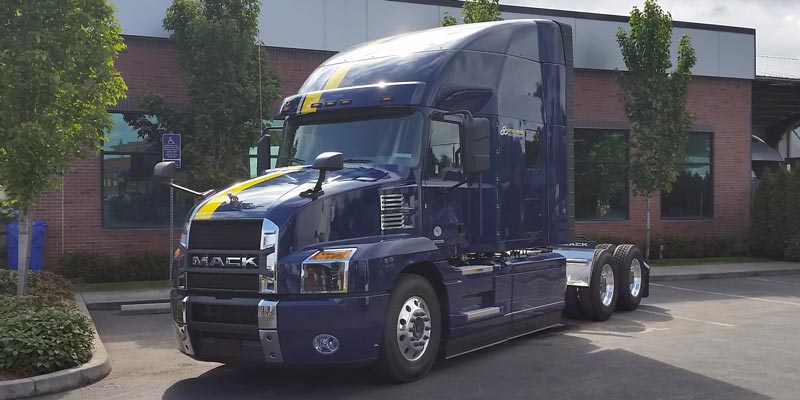
Addressing uptime and driver retention with the proper equipment
Two things that are on fleet managers’ minds pretty much every day: uptime and driver retention. Both are a real struggle for any fleet manager, and many (if not most) equipment decisions are made with these two struggles in mind.
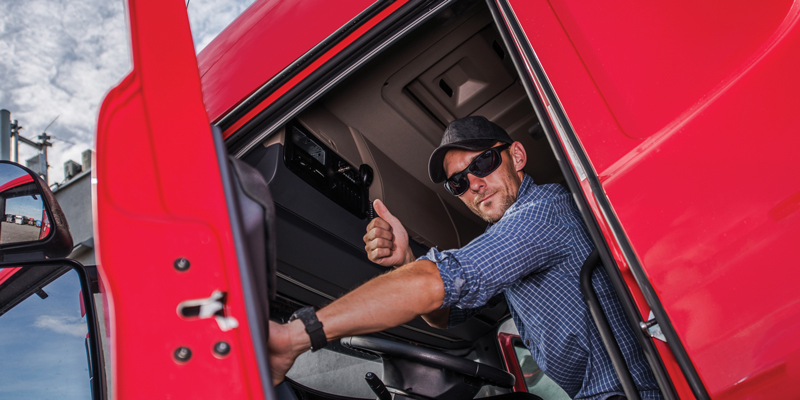
How to start talking about electric truck charging infrastructure
Before you approach a utility partner to establish your own electric truck charging infrastructure, you have to know your power needs. How do you do that without running trucks?
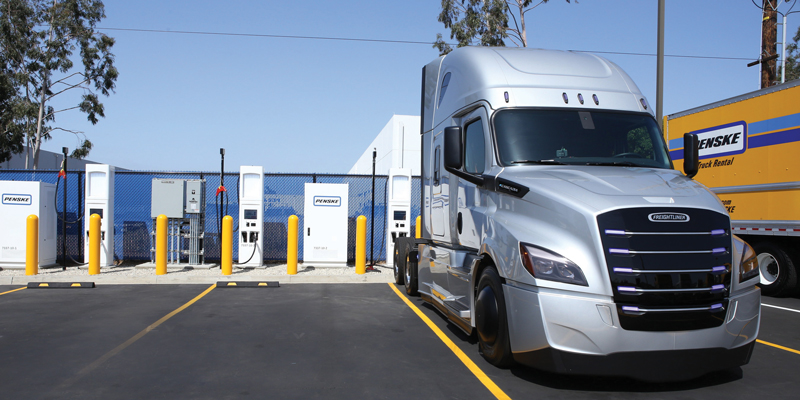
The four pillars of your true tire costs
Typically there are four pillars to determine your true cost: Initial tire cost, mileage to removal, fuel efficiency and retreadability (or casing value).
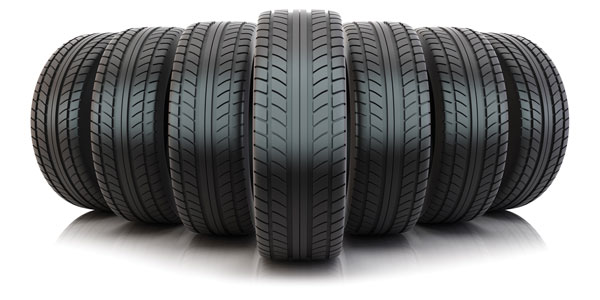
Amped up for electrification: NACFE’s Mike Roeth on how to implement electric truck infrastructure
According to Mike Roeth, executive director of NACFE, the report found that making electric trucks a widespread reality will take a lot of collaboration, with not just the fleet, but utility companies, service shops, charging companies and construction firms all needing to be involved in getting the proper infrastructure into place.

When it comes to investing in new trucks, listen to the data
We make a lot of decisions with our gut, but truck lifecycles are complicated, and the decision to invest in new trucks isn’t one that should be made based solely on how you feel about it.
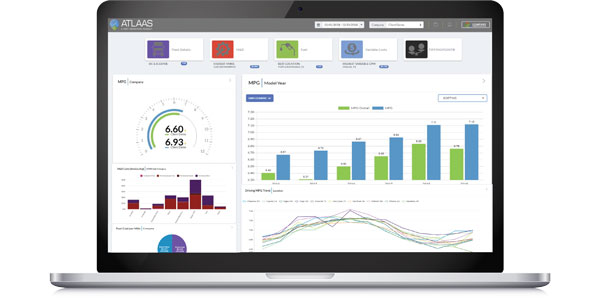
Signs of truck tire wear: What to look for and what to do next
Managing your tire program requires looking for signs of wear or damage and properly maintaining your vehicle to help avoid issues so you get the maximum return on your investment. The development of irregular tire wear is very common on trucks of all types. Some of the common causes include alignment issues, under-inflation, overloading, suspension
